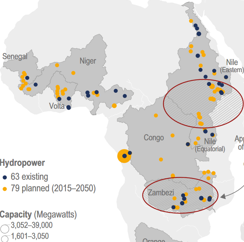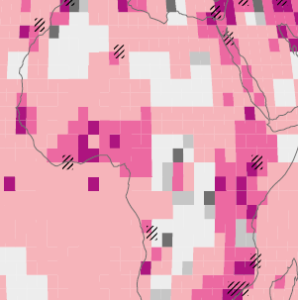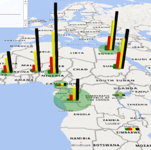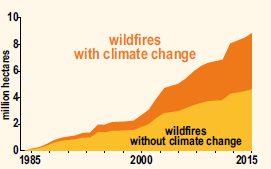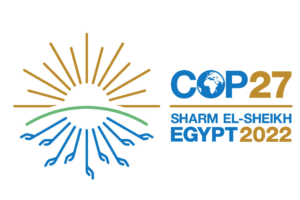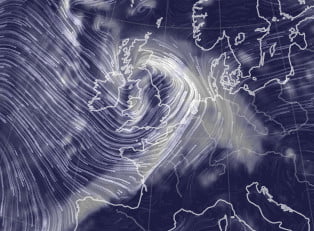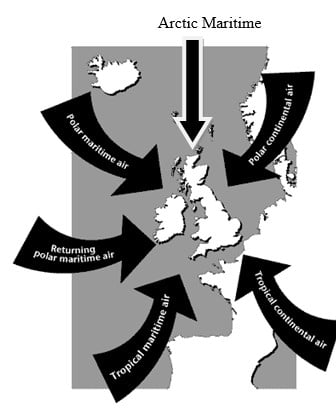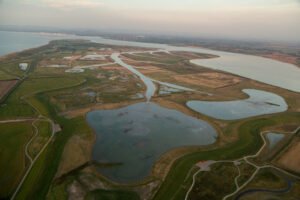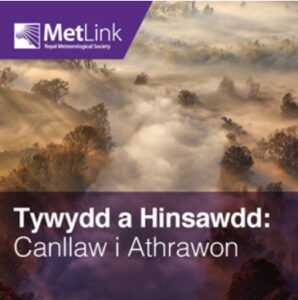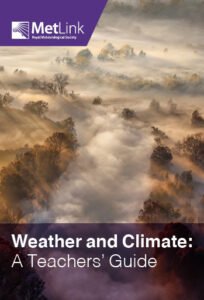Energy Security in Africa
- The focus of these resources are to explore climate change and energy security in Africa.
- Hydro electric power has been identified as a more sustainable way for Africa to achieve energy security in the future.
- Throughout the continent of Africa there are already many hydroelectric power stations, with many more planned over the coming decades.
- Climate change could potentially impact upon these plans. These resources focus upon that relationship.
Climate Change in Africa
Africa is one of the lowest contributors to global greenhouse gas emissions, yet key development sectors are already experiencing widespread losses and damages attributed to human-induced climate change.
Students complete a knowledge organiser.
Extreme Heat in Urban Africa
Climate change has increased heat waves (high confidence) and drought (medium confidence) on land, and doubled the probability of marine heatwaves around most of Africa.
Heat waves on land, in lakes and in the ocean will increase considerably in magnitude and duration with increasing global warming.
Most African countries will enter unprecedented high temperature climates earlier in this century than generally wealthier, higher latitude countries, emphasising the urgency of adaptation measures in Africa.
Lesson and Homework resources
Wildfire
Wildfire is a natural and essential part of many forest, woodland and grassland ecosystems, killing pests, releasing plant seeds to sprout, thinning out small trees and serving other functions essential for ecosystem health. Excessive wildfire, however, can kill people, the smoke can cause breathing illnesses, destroy homes and damage ecosystems.
Students complete a knowledge organiser.
